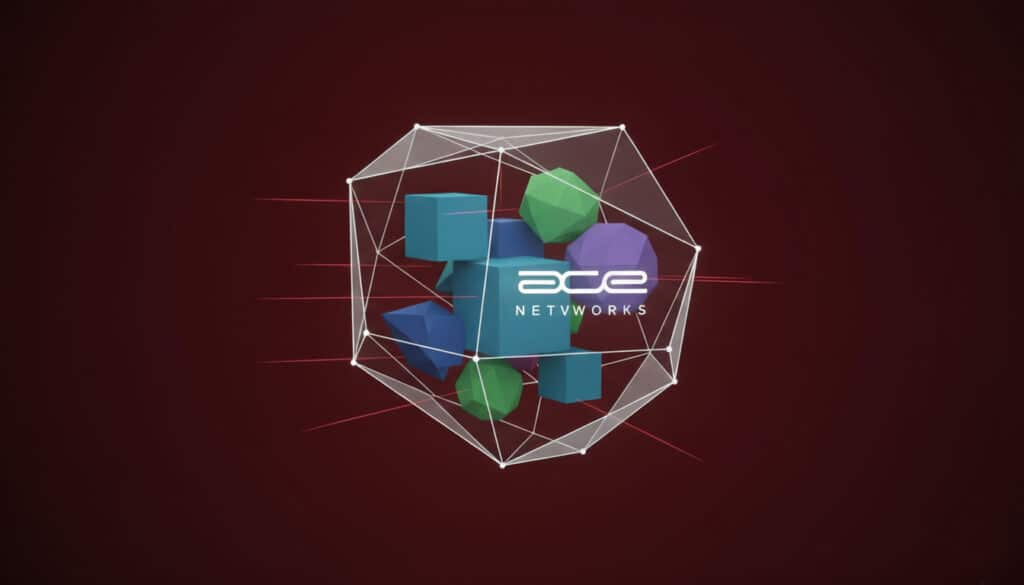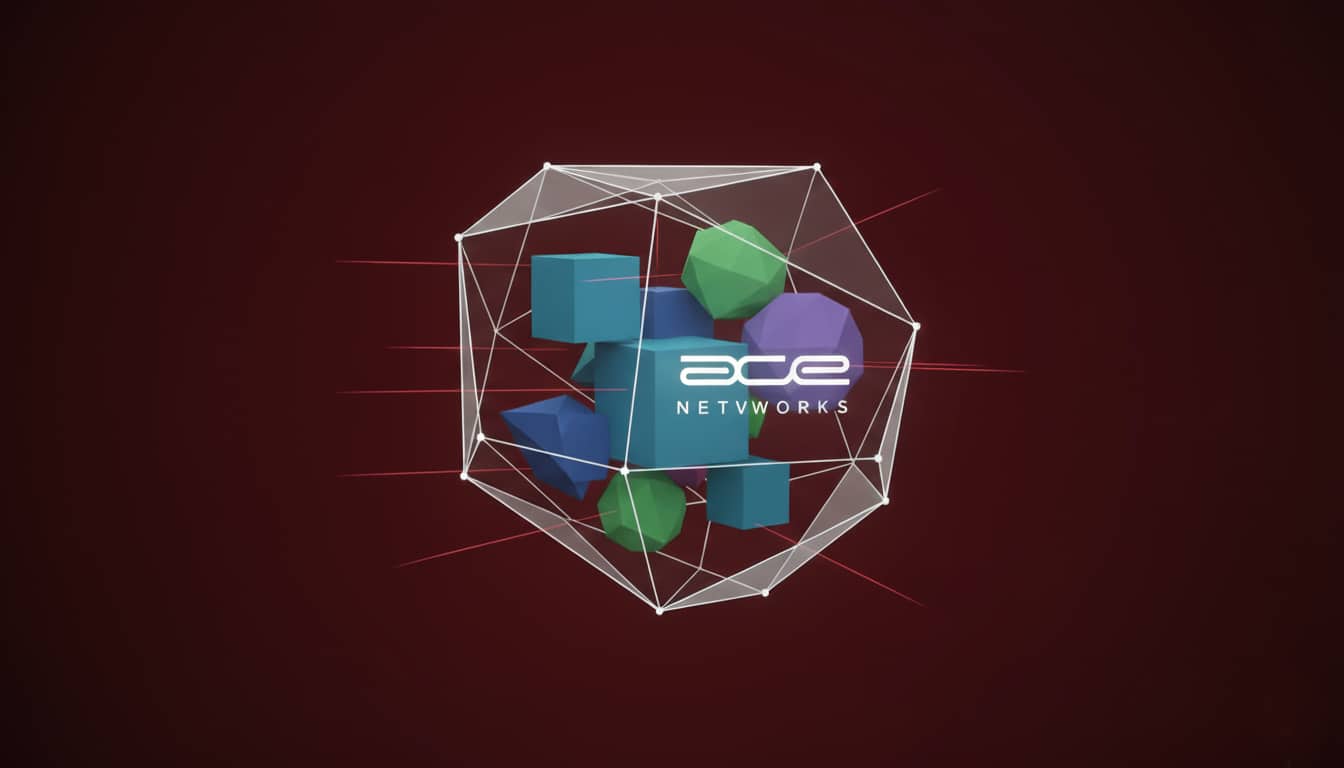The recent series of coordinated cyberattacks targeting several of Cyprus’s critical secure infrastructure facilities was a clear signal of how cyber threats will target entire business ecosystems in 2025 and beyond. This guide emphasizes the importance of telephony & computing integration via the Microsoft Cloud framework. While these specific attacks were successfully contained, they serve as an urgent reminder of an evolving threat landscape where adversaries no longer target single entities in isolation but probe entire networks for systemic weaknesses. As threats become more coordinated, how must our approach to secure infrastructure evolve to meet them?
The future of secure infrastructure lies in moving away from isolated systems and embracing integrated frameworks that unite critical functions like telephony and computing integration under a unified security strategy. The emphasis on secure infrastructure is paramount as we navigate these challenges.
The integration of telephony and computing integration is crucial for modern secure infrastructure.

1. The New Reality: Constant Threats to Our Core Services
In late 2024, Cyprus faced a series of major Distributed Denial of Service (DDoS) cyberattacks designed to overwhelm websites with traffic and render them inaccessible. The list of high-profile targets was a cross-section of the nation’s core services: the Hermes Airport website, the Bank of Cyprus, the Cyprus Electricity Authority (EAC), the Cyprus Telecommunications Authority (CYTA), and EKO Cyprus Limited.
As we focus on telephony and computing integration, it is essential to recognize the interconnected nature of these technologies.
Fortunately, due to “robust security measures,” all attacks were swiftly contained without any disruption to services or data breaches. While the successful defense is commendable, the event’s true lesson is that sophisticated, persistent actors are actively testing the defenses of critical infrastructure. The success was a testament to current measures, but the coordinated nature of the attempt is a clear indicator that attackers are evolving. This necessitates a corresponding evolution in our defense, moving beyond protecting individual services to securing the interdependent systems that businesses and citizens rely on every day.
2. Beyond Silos: Why Fragmented Security Poses a Systemic Risk
The relationship between telephony and computing integration can significantly enhance our security posture.
The coordinated targeting of an airport, a bank, a petroleum company, an electrical authority, and a telecommunications provider illustrates the strategic vulnerability of securing critical systems as separate “silos.” While each entity’s individual defenses held strong, the nature of the attack points to a broader, systemic risk.
Viewing security through the narrow lens of individual systems is an outdated model, and as digital transformation deepens, the interdependencies between finance, communications, and energy become more complex, turning a vulnerability in one silo into a potential catastrophe for the entire business ecosystem.
Understanding telephony and computing integration helps us build a more robust defense against cyber threats.
A cohesive approach that includes telephony and computing integration offers a strategic advantage in security.
An attack that disrupts a bank’s computing is magnified if the telecommunications network is also under duress, and both rely on a stable electrical grid. Securing them independently ignores the cascading failure points a coordinated attacker seeks to exploit. As enterprise computing and telephony become more deeply intertwined, a security strategy that protects each system in isolation leaves the entire organization vulnerable to sophisticated, multi-pronged attacks.
By prioritizing telephony and computing integration, businesses can achieve a level of resilience not possible with disjointed systems.
Are you ready to embrace telephony and computing integration in your security strategy?
Thus, the connection between telephony and computing integration is foundational for a secure ecosystem.
Ultimately, telephony and computing integration is key to navigating the complexities of modern security challenges.
Are you ready to embrace telephony and computing integration in your security strategy?
3. The Path Forward: Telephony and Computing Integration: A Key to Secure Infrastructure
By prioritizing telephony and computing integration, businesses can achieve a level of resilience not possible with disjointed systems.
Attackers are already treating your business as an interconnected ecosystem. Is your security strategy still stuck protecting isolated systems?
The strategic answer to fragmented risk is a unified defense built on an integrated cloud platform. Such a framework provides a centralized view of threats, allowing security teams to see the bigger picture and identify a coordinated campaign rather than just reacting to isolated alerts from separate systems.
Instead of managing disparate security tools for different functions, businesses must adopt a framework that provides a single, cohesive security posture across their entire operation.
Ultimately, telephony and computing integration is key to navigating the complexities of modern security challenges.
For businesses in Cyprus, expert IT support providers are available to facilitate this transition. These firms form “Partnerships with leaders like Microsoft 365 and Cisco” to deliver comprehensive and secure platforms. By leveraging this expertise, companies gain access to “Solutions tailored to your business size and sector” and can offload the entire technical burden, from initial “cloud setup to long-term management.”
Partnering with experts who leverage integrated frameworks allows a business to evolve from a fragmented defense to a unified security strategy. This shift is not merely a technical upgrade; it is a fundamental change in security philosophy, essential for building a truly resilient infrastructure capable of withstanding the coordinated threats of 2025 and beyond.
Conclusion: From Protecting Systems to Securing Your Ecosystem
The cyberattacks in Cyprus are a clear signal of the future security challenges all organizations will face. Protecting individual systems is no longer sufficient. The necessary evolution is a strategic shift from defending isolated assets to securing an entire, interconnected business ecosystem. By embracing integrated cloud frameworks, businesses can move beyond a reactive, fragmented posture and build the unified resilience needed to thrive in an increasingly complex threat environment.
Attackers are already treating your business as an interconnected ecosystem. Is your security strategy still stuck protecting isolated systems?

